Scott #10, along with its variants, is a testament to the historical evolution of the United States postal system. These stamps, primarily used for regular postal communications, held a significant position due to their utility in covering the standard letter rates and more complex postal requirements such as the double letter rate to California. The stamp featured George Washington, an iconic figure in American history, thus embedding a sense of national identity and pride in everyday correspondence.
Design & Print
The production of Scott #10 was a meticulous process, combining precision in design with the complexity of ink formulation. The printer, mindful of the need for durability and clarity, opted for a high-quality ink formula comprising 80 percent Venetian red and 20 percent vermilion. This composition not only lent the stamp its distinctive orange-brown hue but also ensured minimal discoloration and superior impression quality. The initial phase of printing utilized this formulation before transitioning to a brownish carmine shade. The change in ink formulation is speculated to be due to cost considerations and the rapid wear of printing plates, especially evident in plates 1e and 1i.
Postal Usage
Scott #10 was primarily used for the standard three-cent letter rate, applicable for distances less than 3,000 miles. Letters exceeding this distance or weighing more than half an ounce required additional stamps, indicating a tiered postal rate structure. Notably, the stamp also found usage in foreign correspondence, often in combination with other denominations to fulfill the higher postal rates required for international mail. During this period, the option for pre-payment of postage was at the sender’s discretion, leading to a variety of postal uses and combinations of Scott #10.
Identification
Identifying Scott #10 among its contemporaries and variants requires attention to several critical aspects. Firstly, the color and texture of the ink are pivotal; Scott #10 typically exhibits a rich, thick orange-brown ink, distinct from other shades used in the series. Secondly, the quality of the impression is an indicator; early prints of Scott #10 from less worn plates showcase finer details and sharper imagery compared to later prints or those from worn plates. Additionally, the use of cancellation marks and dates can aid in verification, as the majority of Scott #10 stamps were used within a specific timeframe. Lastly, plating, or identifying the specific printing plate used, serves as a definitive method for distinguishing Scott #10 from similar issues.
Scott #10 is not merely a postage stamp but a piece of history, encapsulating aspects of design ingenuity, postal evolution, and identification challenges. Its study offers insights into the nuances of stamp production and usage in the mid-19th century United States, reflecting both technological advancements and societal norms of the era.



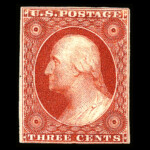
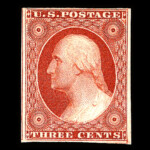
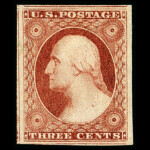
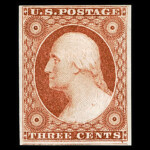
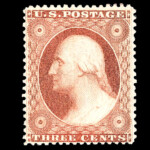
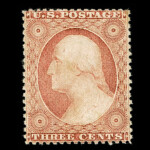
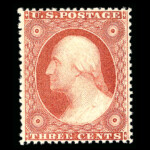
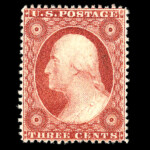
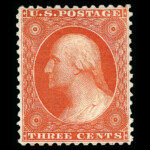
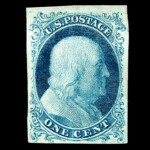
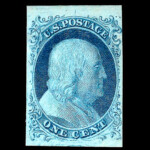
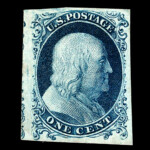
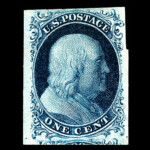
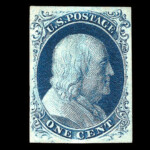
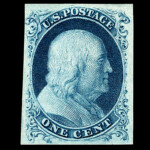
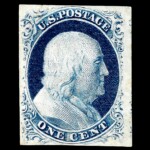

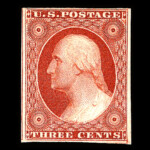
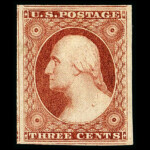
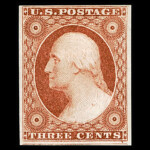
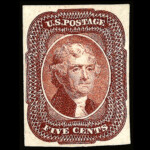
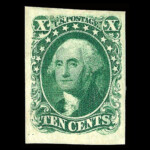
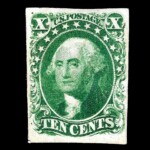
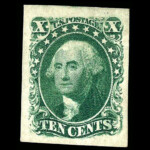
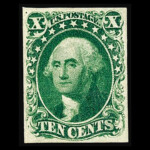
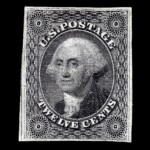












Ask A Question Or Leave A Comment